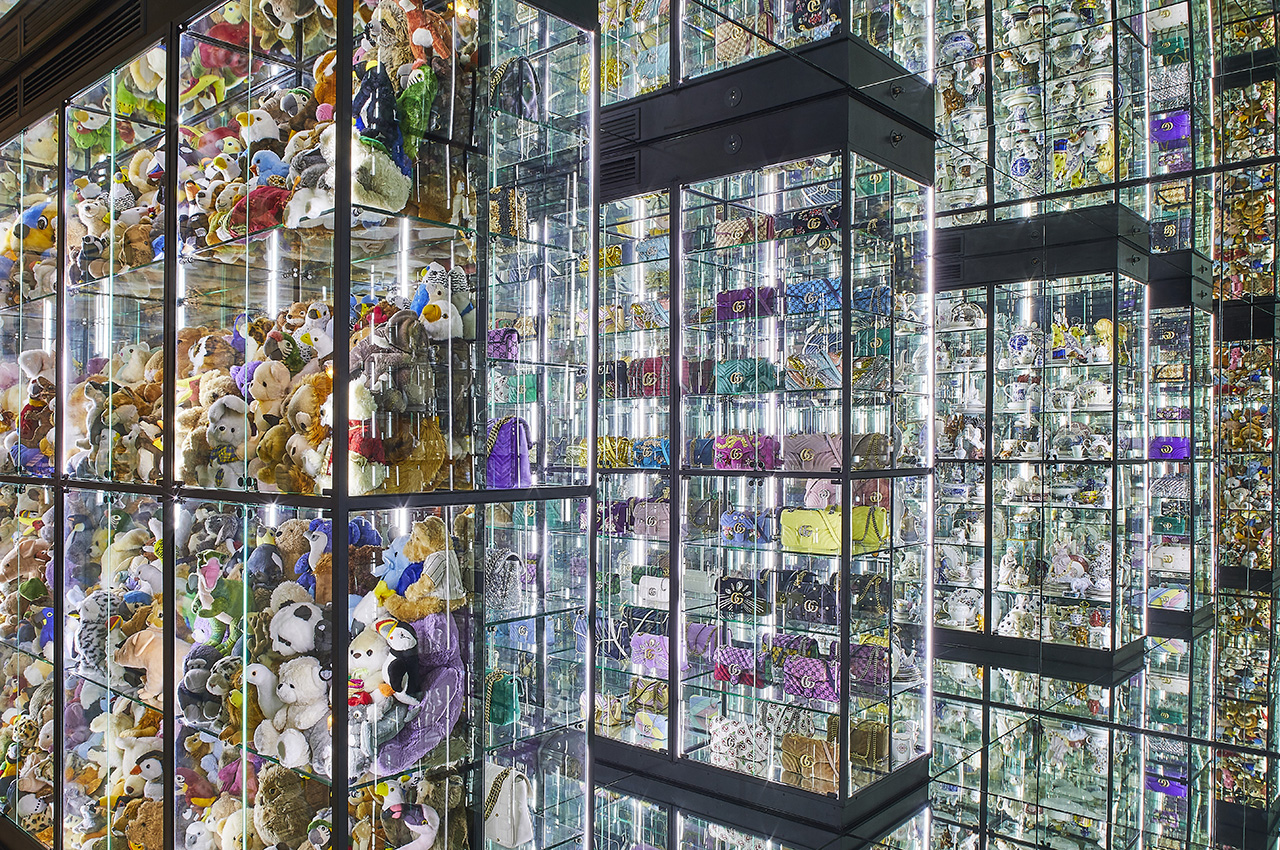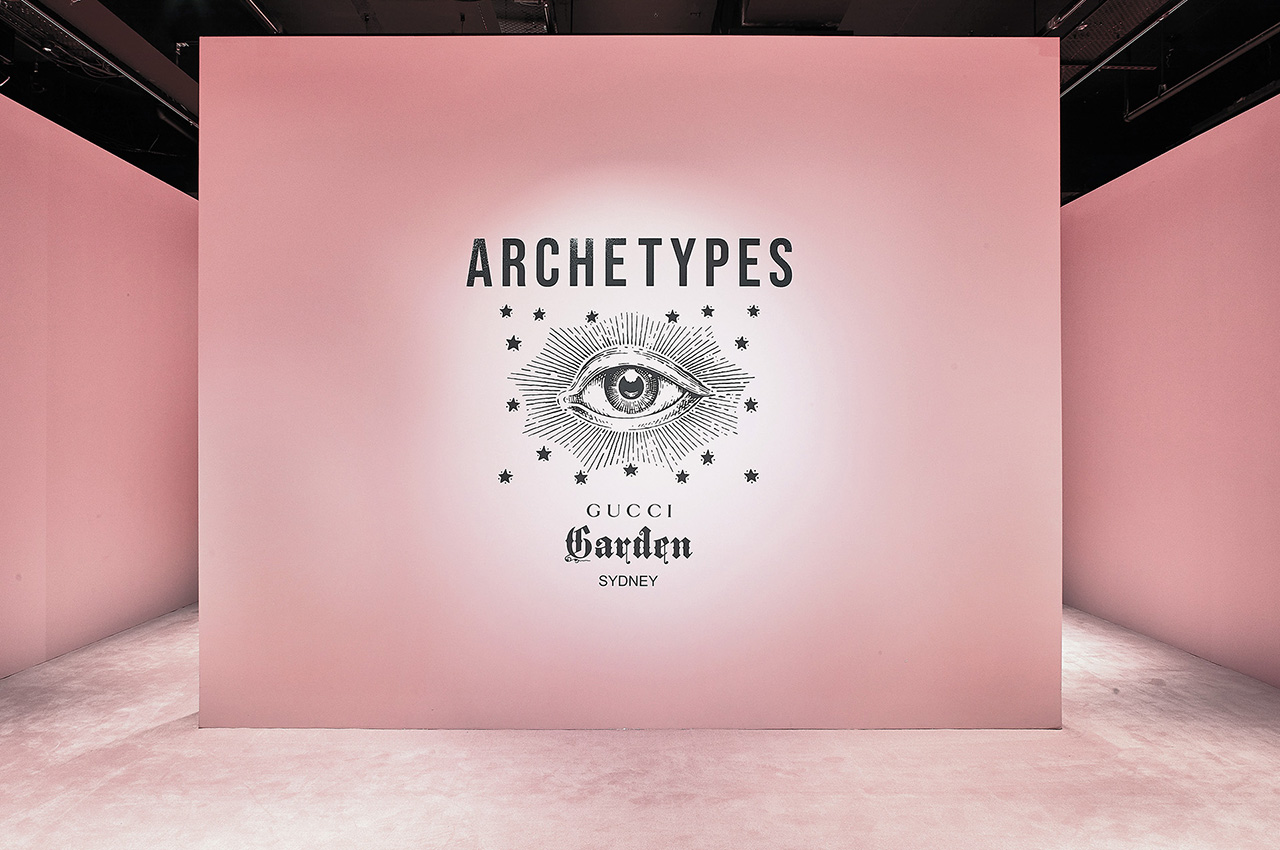News feed

You have to hand it to Alessandro Michele. The creative director for Gucci, battling a rattling cough, still managed to look thoroughly put together and soldier on for an intimate round table with Australia’s fashion media this week to celebrate the opening of his pet project Gucci Garden Archetypes at Sydney’s Powerhouse Museum.
Dressed in red trousers and a cobalt blue knit topped off with his signature vintage jewellery, hair plaited, Michele fielded questions about the travelling exhibition. A retrospective of recent collections and offering an up-close look at the threads that tie each season together and celebration of the brand’s 100th anniversary since its founding.

Speaking to the media via video link, Michele gave an insight into his processes of creativity, how each collection connects to the next and his love for objects. “I have a special relationship to objects and I think that my work also means having a relationship to the physical objects surrounding us.”
There was also a questions about the meaning behind the Archetypes theme – something that is the blueprint or original in concept yet replicated across platforms, cultures and art forms. According to Michele, “we should be against the multiplication of unique things in art” but this becomes complicated when it comes to fashion. Because fashion is, at its heart, the art of multiplication. Or the replication of an original idea to produce a commercial line.

“The multiplication of copies from the original is opposed to the idea of fashion because fashion is the multiplication of things which are all original…Fashion builds its identity, in particular with Prêt-à-Porter, on the proliferation of thousands of originals.”
This idea of originals and multiplication and Michele’s love of the object can be seen directly referenced in the exhibition. A room containing dozens of Gucci bags, a familiar silhouette reframed and reworked over and over again while on another wall countless cuckoo clocks gently tick.
Perhaps the most insightful response came to the most simplest of questions: what was the reason behind the overdose of a very particular shade of pink used throughout the exhibition and marketing material?

“It’s the colour of bad taste,” replied Michele. “This shade of pink, this pink is the colour of punk in fashion because it is the colour of bad taste.”
It was a fascinating insight into the mind behind what is arguably one of the biggest brand pivots in recent time. His arrival on the scene after the sudden departure of Frida Giannini changed the course of Gucci in the public eye forever, turning the Italian house into the brand that celebrated the unusual, the quirky, the strange and the beauty to be found within the different.









